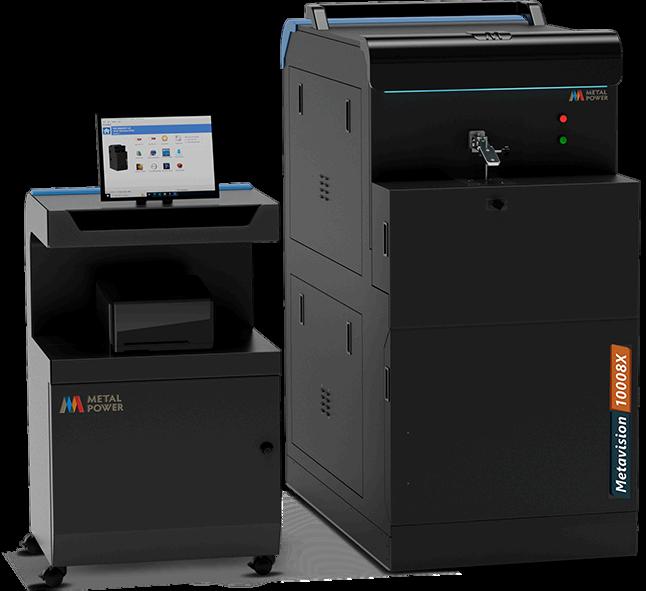Stationary OES for Metal Analysis

Metal analysis is a critical process in various industries such as manufacturing, automotive, aerospace, and construction. Ensuring the quality and composition of metal alloys is paramount to maintaining high standards and achieving optimal performance in these industries One of the most effective and reliable methods for metal analysis is through Optical Emission Spectroscopy (OES). In this blog, we will delve into the concept of Stationary OES, its advantages, and provide some practical examples to illustrate its applications
What is Stationary OES?
Stationary OES (Optical Emission Spectroscopy) is a type of spectrometer used for analyzing the composition of metal samples. Unlike portable OES devices, stationary OES systems are fixed installations that provide more robust and precise analysis capabilities
These systems work by vaporizing a small portion of the metal sample using a spark or arc The vaporized atoms and ions emit light at characteristic wavelengths, which are then measured to determine the elemental composition of the sample.
Advantages of Stationary OES
Stationary OES offers several significant advantages, making it a preferred choice for many industries:
1. High Precision and Accuracy
Stationary OES systems are known for their high precision and accuracy in detecting and quantifying elements in metal samples. This is crucial for applications where even minor deviations in composition can impact the material's performance and quality
2. Comprehensive Elemental Analysis
These systems can analyze a wide range of elements, including both major and trace elements. This comprehensive analysis capability is essential for industries that require detailed information about the composition of their metal alloys
3. High Sensitivity
Stationary OES instruments are highly sensitive and can detect elements at very low concentrations This sensitivity is particularly important for applications where trace elements can significantly affect the material properties
4. Fast Analysis Time
Stationary OES systems offer rapid analysis, allowing for quick decision-making in production environments This speed is beneficial for maintaining efficient workflows and minimizing downtime
5. Long-Term Stability and Reliability
These systems are designed for long-term use and provide consistent performance over time Their stability and reliability ensure that the results remain accurate and dependable.
Applications of Stationary OES
Stationary OES systems are used in various industries for different applications Here are a few examples to illustrate their versatility:
